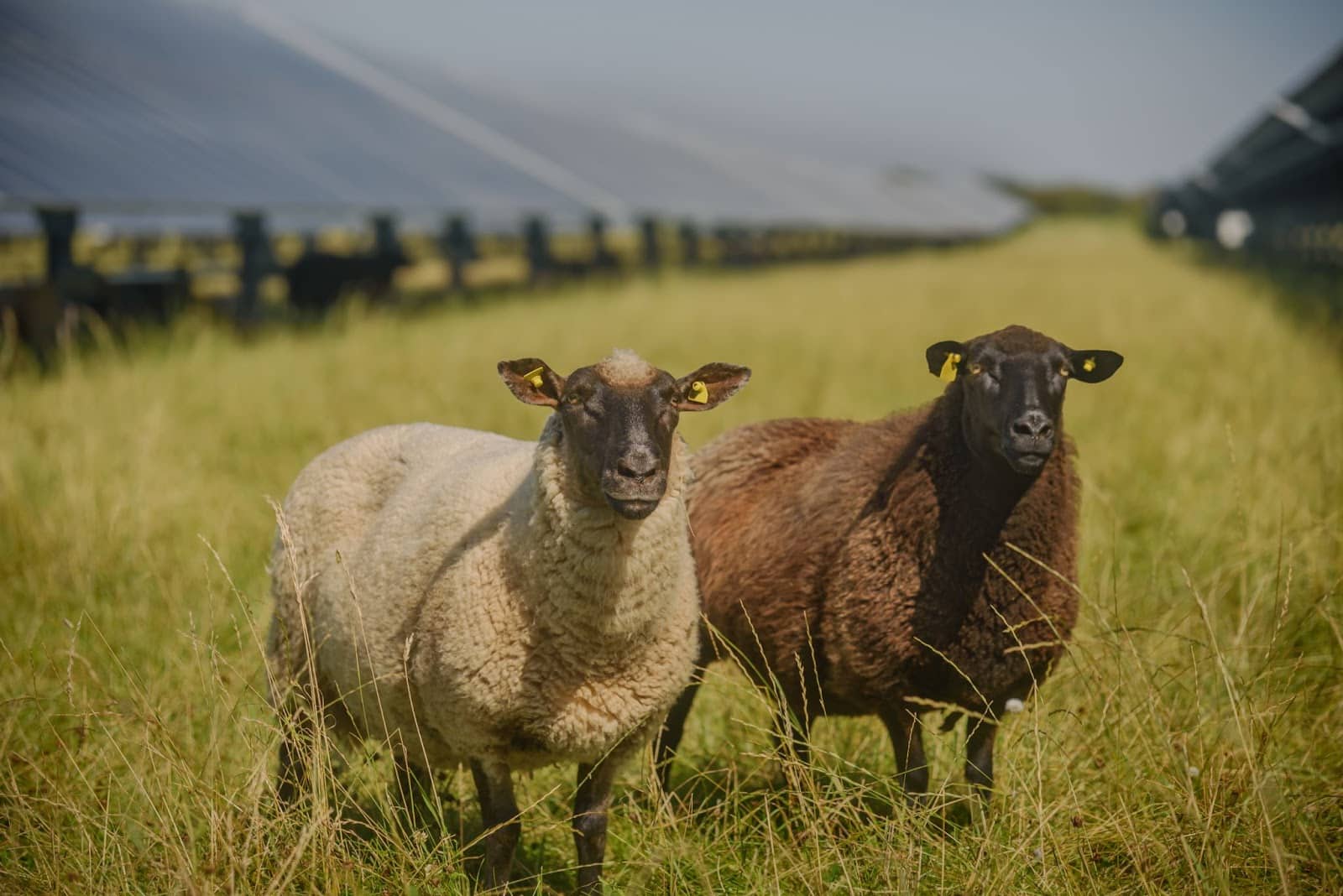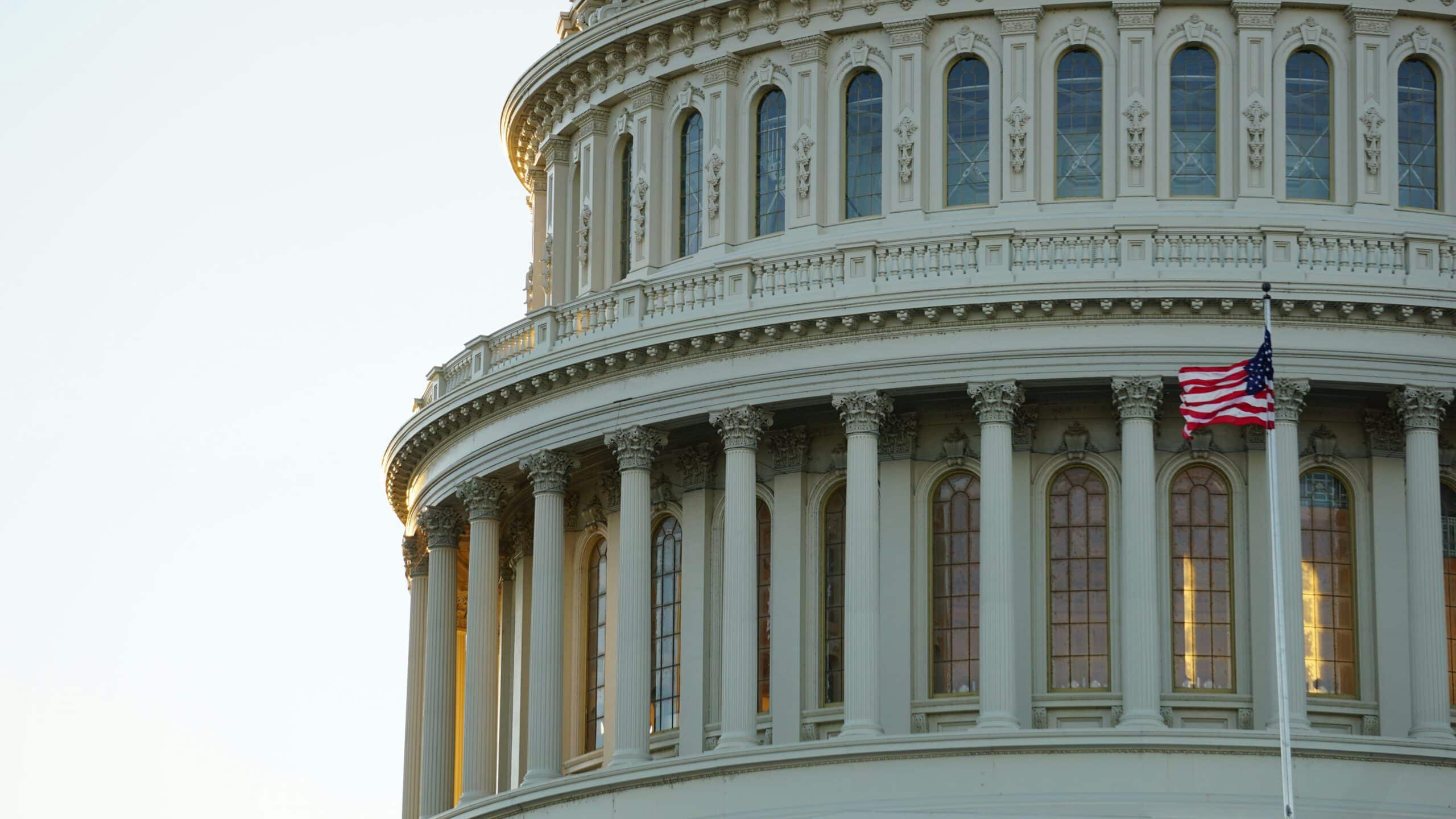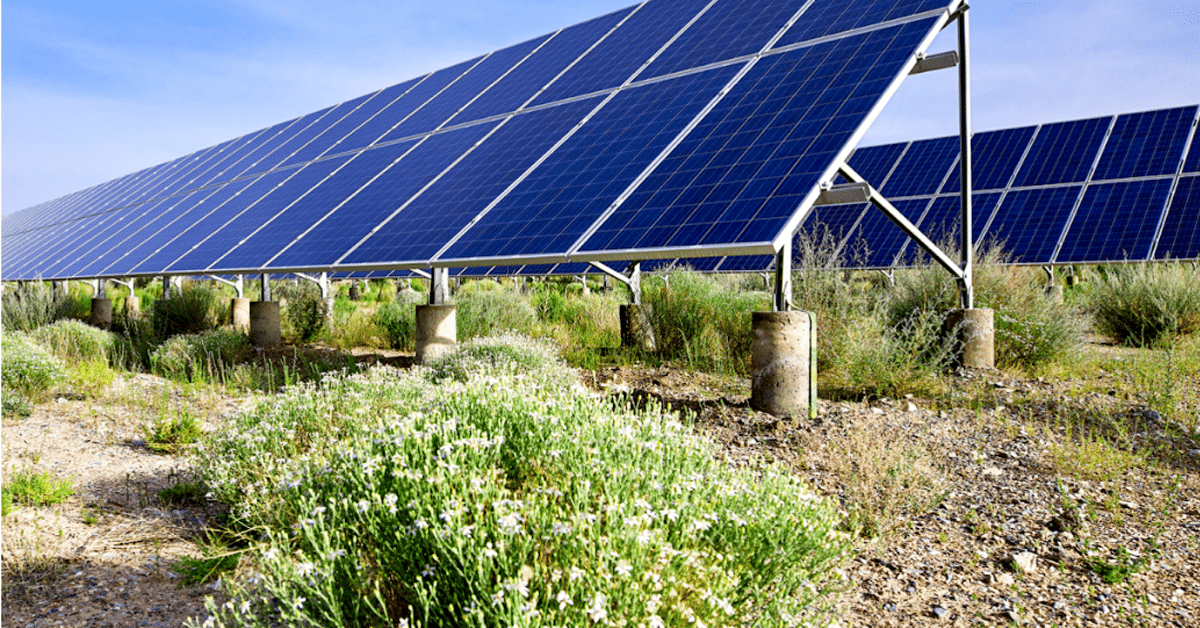POSTED
April 28, 2025
Solar Leasing 101: A Landowner’s Guide to Earning Long-Term Income with Clean Energy
Leasing land for utility-scale solar offers landowners steady, long-term income with minimal upkeep—while supporting clean energy goals. Shasta Power handles development, permitting & maintenance, making it a low-effort, high-impact opportunity. Some sites can even support dual use like grazing or crops. Explore if your land is a good fit.

Landowners have a unique opportunity to earn long-term income by leasing land for utility-scale solar development—while also supporting the clean energy transition. As demand for solar grows, underutilized acreage can become a reliable, low-effort source of revenue. This Solar Leasing 101 guide introduces the basics to help you understand how it all works.
Solar leases offer steady, passive income with fewer ongoing maintenance demands than traditional farming or ranching. In some cases, agricultural uses can also continue alongside solar installations.
This guide explains how the leasing process works and how landowners can benefit financially for decades to come.
Solar Leasing 101 – The Growing Demand for Utility-Scale Solar
Driven by public policy, private investment, and long-term sustainability goals, utility-scale solar demand is rapidly rising. In 2023, 130 countries committed to tripling renewable energy capacity by 2030. The U.S. alone added 48.2 gigawatts of new solar, wind, and battery storage capacity in 2024—a 47% increase from the previous year.
This growth reflects a mix of climate commitments, long-term energy goals, and strong market demand. For landowners, it means the window of opportunity is wide open. As developers race to meet this demand, suitable land has become one of the most valuable assets in the clean energy economy.
What Makes Land Suitable for a Solar Lease?
Shasta Power works with landowners who have open, undeveloped, or low-use parcels—especially those close to transmission lines or substations. Land that is gently sloped, well-drained, and free from major obstructions offers the strongest potential.
While each site is reviewed individually, here are common characteristics that improve suitability:
- Minimal trees or shading
- Low flood risk
- Soil that supports structural stability
- Proximity to grid infrastructure
- Solar-friendly jurisdiction
- Solar or agricultural zoning
Solar Leasing 101 – Financial Benefits
Leasing land for solar development offers a unique opportunity: a steady, passive income stream with minimal ongoing responsibilities. For many landowners, it’s a way to generate reliable returns from land that may otherwise remain idle—or require far more effort to maintain.
Long-Term Income with Predictable Terms
Most utility-scale solar lease agreements range from 20 to 30 years or more, offering financial consistency that’s rare in agriculture or real estate. Payments are typically made on an annual or quarterly basis and often include 1–2% annual escalators to adjust for inflation.
Payment rates vary based on location, project scale, and market conditions, but they are generally tied to local land values and demand for interconnection. The income potential can be significant—especially compared to land uses with seasonal revenue swings or high input costs.

Solar Leasing 101: Minimal Upkeep, No Operational Burden
Once an agreement is signed, the solar developer assumes the risk and cost of due diligence, permitting, and construction. Landowners often retain use of the property during this pre-construction period and begin receiving option payments right away. If the project does not move forward, landowners keep those payments and incur no development costs.
From permitting to construction and ongoing oversight, Shasta Power manages the full development process—so landowners have no operational burden.
Potential Tax Benefits
Some locations offer tax incentives for hosting a solar project, which can further boost profitability. Consulting with a tax attorney can help landowners determine whether they qualify for any available credits or deductions.
Solar Leasing 101: Agriculture and Solar As A Value-Add
Agrivoltaics brings solar energy and farming together, making it possible to produce power while keeping land in agricultural use. This approach allows farmers to maintain productivity while benefiting from renewable energy. Certain properties may support dual-use strategies—where agriculture continues alongside energy production.
Grazing as Vegetation Management
One of the most common forms of agrivoltaics is solar grazing. Developers often partner with local sheep farmers to manage vegetation under and around solar arrays. This reduces the need for mowing and herbicides and creates a mutually beneficial arrangement: clean power and continued agricultural activity on the same land.
Grazing typically lowers maintenance costs by around 30% compared to conventional landscaping methods.
Pollinator Habitat and Land Stewardship
Some projects are seeded with native wildflowers or grasses that support pollinators like bees and butterflies. This low-growing vegetation stabilizes the soil and enhances the local ecosystem—especially in areas where nearby farms benefit from healthy pollinator populations.
Shade-Tolerant Crops
Certain crops thrive in the shade provided by solar panels. Leafy greens, berries, and other shade-tolerant plants benefit from moderated temperature and moisture levels. This approach helps balance energy production with agricultural use, offering both economic and ecological advantages.

Solar Leasing 101: Common Questions
Leasing land for solar development raises many questions. From access rights to long-term property value, understanding the terms of a solar lease is essential.
What happens at the end of the lease?
Panels are removed and the land is restored. Most leases include a decommissioning bond to cover this cost.
Will I still have access to my land?
Yes, depending on the lease terms. In some cases, portions of the property remain in agricultural use.
Who’s responsible for maintenance and liability?
Shasta Power or its partners manage all operations and carry insurance throughout the life of the project.
Will it affect my property value?
Research shows that solar installations generally do not lower property values. In many cases, steady lease income can increase the land’s appeal to investors or future buyers.
Solar Leasing 101: Ready to Explore?
Begin with a conversation—no pressure, just a chance to explore whether your land could support solar.
If it’s a potential fit, our team conducts a thorough site evaluation. We assess solar exposure, soil conditions, slope, proximity to infrastructure, and zoning. If approved, we present a lease agreement outlining usage, payment terms, and optional co-use details like grazing.
Leasing land for solar offers long-term income with minimal upkeep—making it a practical choice for landowners looking to put their property to productive use. If you’re exploring this opportunity, contact us today to start the conversation.





